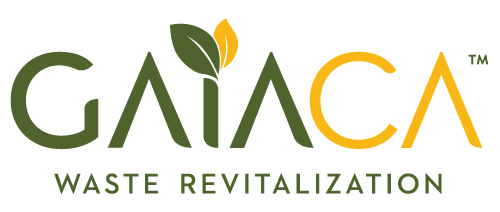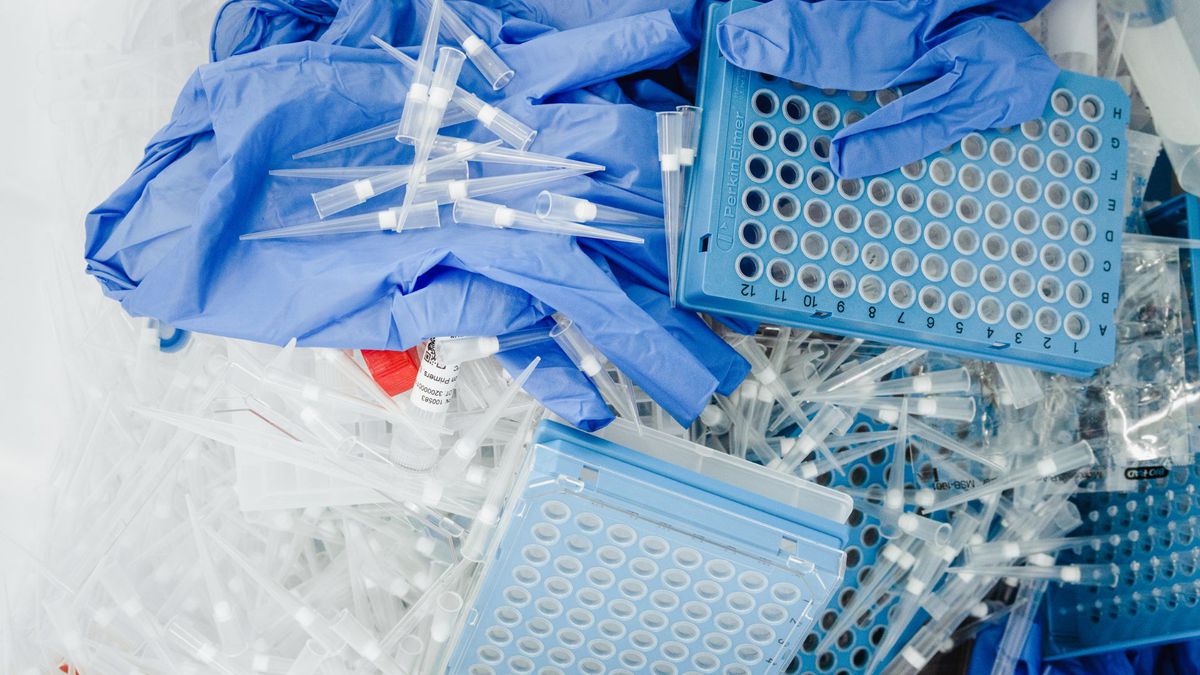Testing laboratories generate a wide variety of chemical waste products that require proper labeling, storage, and disposal to comply with local and federal laws. These include corrosive liquids, organic solvents, and used pump oils and heat transfer fluids. At a federal level, chemical wastes are regulated by the Environmental Protection Agency (EPA) under the Resource Conservation and Recovery Act (RCRA).
When you know how to dispose of chemical waste in a lab and carefully follow regulations, not only will you avoid fines, but you’ll also be protecting the safety of your staff, safeguarding environmental health and safety, and ensuring that any chemicals that can be recycled are recovered and used again.
Apply for an EPA ID Number
The first step in compliantly managing your hazardous waste is to apply for an EPA ID Number. Depending on the amount of hazardous waste you’ll be generating monthly, this should either be done through California’s Department of Toxic Substance Control (DTSC) or the Environmental Protection Agency. You would go through the DTSC if you anticipate generating less than 100 kg (27 gals) of hazardous waste per month or through the EPA if you anticipate generating more than 100 kg or 27 gals per month.
Storage and Disposal of Chemical Wastes
The first step to the proper disposal of hazardous chemical waste in a lab is to store used chemicals in secure waste containers—properly identified—in a designated storage area. While regulations vary by state, California allows waste generators like laboratories to store chemical waste materials for up to 90 days, after which the waste must be transported to a licensed waste disposal facility.
Storage Area Requirements
The storage area for chemical wastes in a laboratory should be:
- Close to the place where the waste is generated
- Under the direct supervision of lab personnel
- Clearly labeled with hazardous waste signage
- Permit adequate ventilation and space for the separation of non-compatible wastes
If any chemical waste is placed temporarily in a fume hood, it should be moved to the hazardous waste storage area as soon as possible to prevent potentially dangerous spills and chemical reactions.
Safety Data Sheets
The Occupational Safety and Health Administration (OSHA) requires chemical manufacturers to provide Safety Data Sheets (SDSs, formerly Material Safety Data Sheets) for all hazardous chemicals. Each safety data sheet includes important information about the chemical substance, including:
- The properties of the chemical
- Health and environmental hazards associated with the chemical
- Safety measures lab technicians should use when handling the chemical
- Other safety considerations that should be followed when transporting or storing the hazardous chemical waste
Some SDSs provide specific information about chemical waste disposal. If this information is provided, the recommendations should be followed carefully.
Waste Container Requirements
Chemical waste in a lab can be divided into categories based on:
- How hazardous it is (hazardous vs. extremely hazardous waste)
- Its physical state (liquid waste vs. solid waste)
- Its hazard class (corrosive, reactive, flammable, etc.)
Storage limits are generally much lower for extremely hazardous waste (also called acute hazardous waste), such as heavy metals, than for regular hazardous waste.
Packing Liquids
In the lab packing process ahead of storage and disposal, liquid chemical wastes should be stored in separate, leak-proof containers that do not react with the kind of chemical waste they contain:
- Acids and bases should not be stored in metal containers.
- Hydrofluoric acid should not be stored in glass.
- Gasoline products should not be stored in light polyethylene containers like milk jugs.
Containers should be properly identified with a hazardous waste label. Note that chemicals that are the same hazard class can be combined in the same waste drum. For example, ethanol, Isopropyl Alcohol, and hexane are all flammable solvents, so they can be combined in one waste drum.
Each container should be filled to no more than 90% of the container’s capacity and should be placed in secondary containment together with other compatible chemicals to prevent spills into the drainage system and reactions between incompatible chemical waste types.
Packing Solid Chemical Waste
Solid chemical wastes include dry chemicals as well as absorbent towels, gloves, and lab coats that have been contaminated with chemical wastes. Dry chemicals should be stored in the original container, tagged with a hazardous waste label.
Contaminated lab equipment should be double-bagged in clear plastic bags and each one tagged with a hazardous waste label for inspection by the waste management personnel. Because they have been contaminated, these items cannot be thrown in the regular trash and must be managed as hazardous waste
Other Laboratory Waste with Special Disposal Requirements
Chemical waste isn’t the only kind of lab waste that has special disposal requirements. For example, laboratories that test samples of controlled substances like marijuana are usually subject to special state-based waste disposal requirements for reserve samples of cannabis. Sharps also have special disposal requirements.
Proper Disposal of Reserve Samples of Cannabis
In California, cannabis testing labs must keep reserve samples of marijuana for at least 45 business days after analysis. They must then render the material unrecognizable and unusable before disposal. In these cases, hazardous cannabis waste management companies are often called upon to ensure the lab conforms to both hazardous waste and special waste laws.
Proper Disposal of Sharps
Sharp waste materials like pipettes, syringes, and broken beakers and test tubes also require proper disposal to prevent injuries and ensure that the glass is recycled. Please refer to the relevant state-based laws and programs for the correct procedures for the disposal of sharps and broken glass.
Ensure the Proper Disposal of Chemical Waste in a Lab
Finding out how to dispose of chemical waste in a lab takes time, effort, and the development of detailed protocols. However, when everything is labeled and stored correctly, hazardous waste collection is much easier and often less expensive as well.
If you own or manage a lab, a specialized hazardous waste management company can help you stay on top of storage and disposal requirements for chemical wastes and keep you in good standing with the law.



